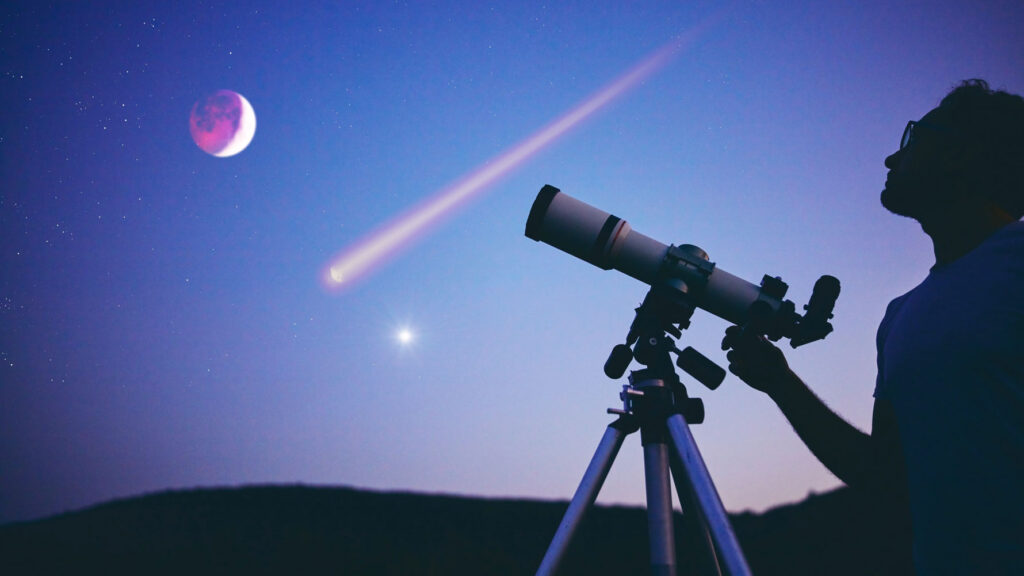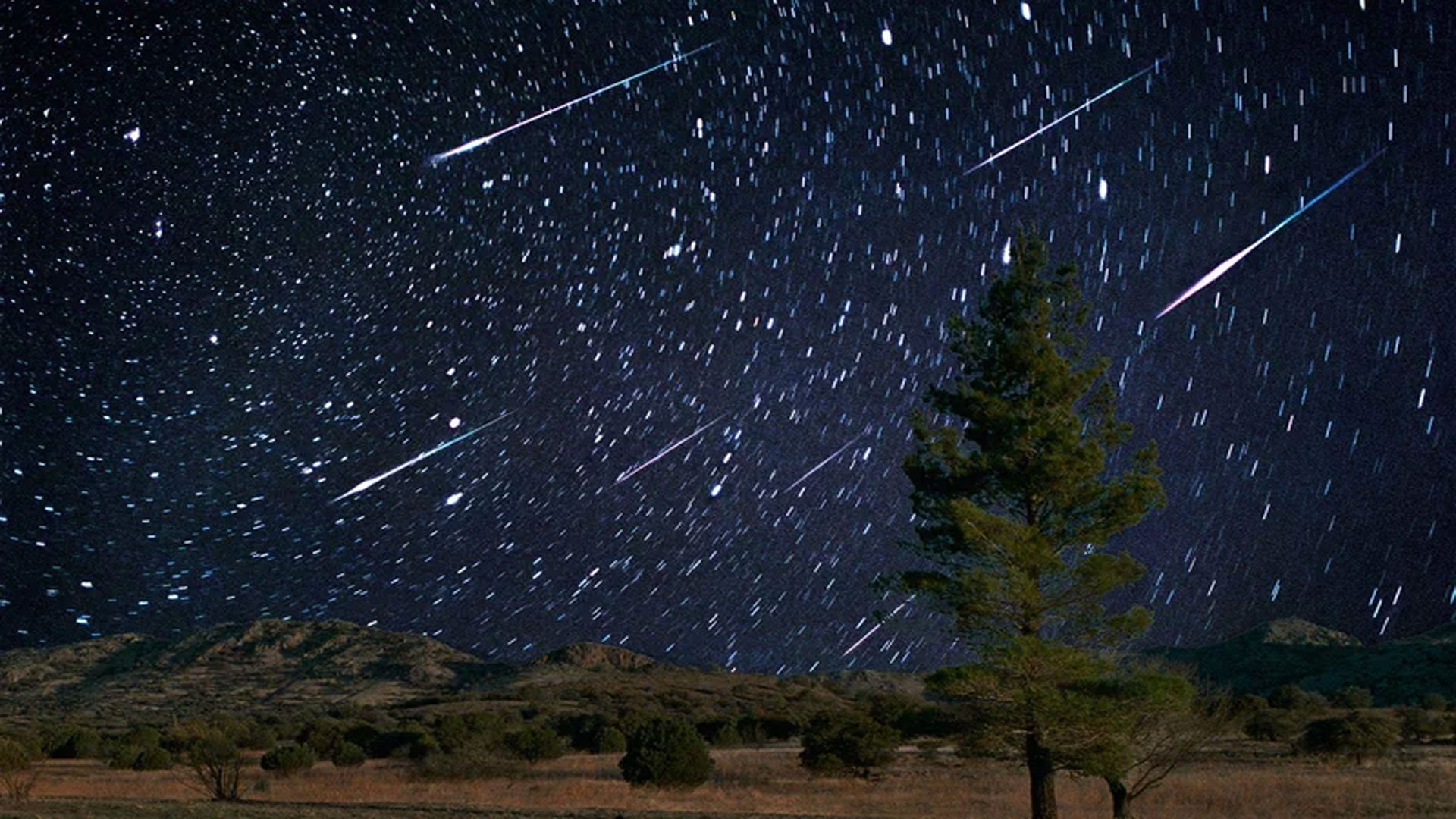The night sky has a way of captivating our attention, doesn’t it? As we look up, there’s something undeniably magical about the stars, but during certain times of the year, that magic reaches an entirely new level. Imagine witnessing a celestial spectacle where 120 shooting stars per hour dance across the night sky. That’s right! A blazing meteor shower is about to paint our heavens with shimmering trails of light, creating a cosmic show that will leave you breathless.
So, gear up! Here’s everything you need to know about this extraordinary event.
What Causes a Meteor Shower?
Before diving into the specifics of the upcoming meteor shower, let’s chat about what a meteor shower actually is. You see, meteor showers occur when Earth passes through the debris left behind by comets or asteroids.
As these tiny bits of rock and dust enter our atmosphere at high speeds, they disintegrate and create the brilliant flashes we admire—otherwise known as meteors or shooting stars. It’s like cosmic fireworks, wouldn’t you say?
When to Catch the Blazing Meteor Shower
Mark your calendars! The extraordinary meteor shower is anticipated to peak on a specific night this month. While exact dates can vary, typically, meteor showers are best viewed during certain periods each year, particularly when the moonlight is minimal.
To maximize your experience, look for clear, dark skies away from city lights. Who doesn’t love a midnight adventure under a blanket of stars?
Best Viewing Tips
Want to make the most of this astronomical event? Here are some quick tips to enhance your meteor shower experience:
- **Find a Dark Spot:** Avoid light pollution. A local park or a countryside nook works great!
- **Lay Back:** Get comfy! Laying down will help you see more of the sky without straining your neck.
- **Be Patient:** Shooting stars can be fleeting. Give your eyes time to adjust to the darkness.
- **Check Weather Conditions:** A cloudy night can ruin the show, so check the weather forecast in advance.
What to Expect: The Celestial Show
During the peak of this blazing meteor shower, you can expect anywhere from 120 shooting stars to illuminate the sky every hour. Each meteor can streak across the night as fast as 37 miles per second!

Now, that’s fast—faster than a speeding bullet! It’s a cool tidbit to share with friends while you’re gazing at the sky.
The Different Types of Meteors
Not all meteors are created equal. You might see different kinds of meteors during the shower:
- **Sporadic Meteors:** These are random and don’t belong to any particular shower.
- **Planetary Meteors:** These meteors have a distinct coloration often due to their mineral composition.
- **Earthgrazers:** A rare treat, these meteors skim the atmosphere and can leave a long-lasting trail.
Conclusion
A blazing meteor shower with 120 shooting stars per hour is an enchanting experience not to be missed. Whether you’re a seasoned stargazer or a curious newbie, this celestial event has something to offer everyone.
So grab your favorite blanket, some snacks, and maybe even a thermos of hot cocoa! The night sky is about to come alive, and all you need to do is gaze upwards.
FAQs
1. How can I best prepare for viewing a meteor shower?
To prepare, check the date and time of the shower, find a dark location away from city lights, and bring along a reclining chair or blanket for comfort.
2. Do I need any special equipment to see the meteors?
No special equipment is needed to view meteors.
Just your eyes and a good dark spot will suffice!
3. Will the meteors be visible in the city?
While you may see some meteors in the city, light pollution can significantly diminish your viewing experience.
A rural location is ideal.
4. What should I bring with me for a meteor shower viewing?
Consider bringing blankets, comfortable chairs, snacks, and hot beverages to enjoy while you stargaze.
5. How long does a meteor shower last?
Meteor showers can vary, with peak activity lasting a few hours to a couple of nights.
However, you may see some meteors a few days before and after the peak.

